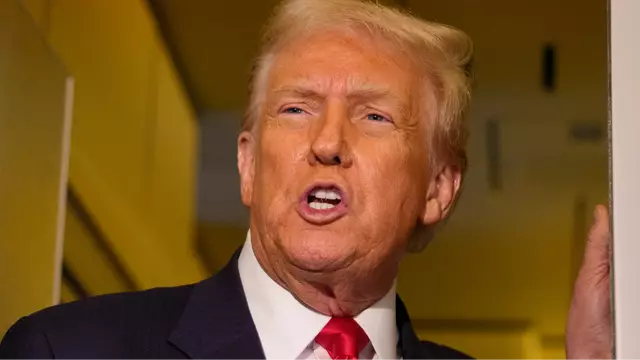In the age of social media, every public moment is captured, compared, and analyzed. This week, a resurfaced video from 2013 of former President Barack Obama’s response to a fainting guest has gone viral, creating a stark contrast with footage from a recent White House press conference under former President Donald Trump. The side-by-side comparisons have sparked widespread discussion about leadership, empathy, and the instinctive human response in a moment of crisis.

The recent incident occurred during a Trump administration press conference focused on drug pricing. As a guest of a pharmaceutical company began to speak, a man in the audience suddenly fainted. The room quickly filled with commotion as several people rushed to his aid, with White House Press Secretary Karoline Leavitt attempting to usher the press corps out of the room. Throughout the flurry of activity, Trump was captured on camera standing over the scene, looking out at the audience without moving or speaking, before the event was temporarily paused.
This reaction was immediately contrasted with a moment from October 2013. President Obama was speaking to reporters on the White House lawn about the Obamacare website when Karmel Allison, a guest of honor standing behind him, began to sway. Obama noticed her distress instantly, turning around and stepping in to physically prevent her from falling. With a calm and reassuring tone, he told her, “You’re ok. I’m right here. I got you.” After an aide led her away, he lightened the moment with a joke: “This happens when I talk too long.”
Following the incident at his own event, Trump later provided an update to the press, confirming that the individual who fainted was “fine” and had received medical care. He described it as “a little bit of an interruption” and expressed that he was “sorry for that.” Similarly, after the 2013 event, Allison took to social media to thank Obama and assure everyone she was okay, humorously noting it was a “good thing this pregnant diabetic is pregnant,” indicating she had received prompt attention.
The juxtaposition of these two videos has ignited a debate that extends beyond politics and into the realm of human instinct. For some, the comparison highlights a fundamental difference in leadership style: one proactive and hands-on, the other more observational. For others, it underscores how every action by a public figure is subject to intense scrutiny. Ultimately, these parallel moments offer a fascinating, if simplified, lens through which the public evaluates the character and empathy of its leaders.


